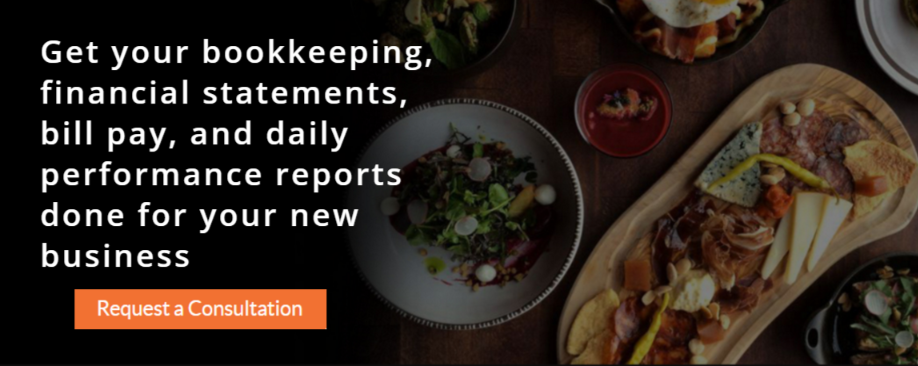When it comes to improving the operations of your New York restaurant, several things may come to mind, such as managing cash flow, daily sales reporting, staffing schedules, food safety, prime cost margins and more.
Especially if you just recently opened a new restaurant, or even if you are a seasoned restaurateur researching new ways to improve your restaurant’s bottom line, adopting any one of the tips listed below can substantially improve your restaurant operations.
When over 50% of restaurants fail in the first five years, it’s crucial for restaurants to streamline their restaurant operations, creating processes so they can run smoothly day and night. Here are six tactics that restaurateurs can enact to streamline their restaurant management operations.
1 Work “on” not “in” your Restaurant
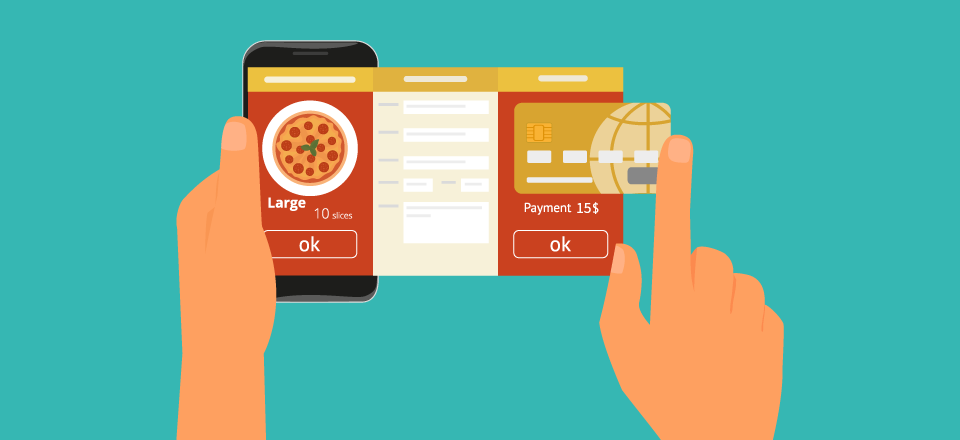 A restaurant owner or manager who doesn’t have safeguards or controls is the one who needs them the most. Daily cash flow management, inventory, yields, server productivity, margins, pricing and purchasing and labor management are just a few of the controls you need to run a successful business. Other recommended systems that could be implemented include loyalty programs, digital marketing, customer relationship management, menu engineering and culture building. All of these pieces play into the role of running a profitable and popular hospitality franchise.
A restaurant owner or manager who doesn’t have safeguards or controls is the one who needs them the most. Daily cash flow management, inventory, yields, server productivity, margins, pricing and purchasing and labor management are just a few of the controls you need to run a successful business. Other recommended systems that could be implemented include loyalty programs, digital marketing, customer relationship management, menu engineering and culture building. All of these pieces play into the role of running a profitable and popular hospitality franchise.
With all of this said, there is one tip necessary for restaurant owners to keep in mind, which is to allow themselves the time to actually work “on” their business instead of just “in” their business. This is not meant to diminish the importance of being on the premises and to interact with your patrons’ and staffing team. Like in many businesses, far too often the owner does not make time to sit back, analyze and strategically plan.
You will need to have restaurant goals set up so that you are not just spinning your wheels. Your most pressing goal for 2017 is likely to improve your bottom line profit margins in the coming year. However, you should also set smaller, specific goals to help you reach that goal. For instance, if your cost of goods sold or labor cost percentage was too high in 2016, you should focus on cutting costs in those areas in the coming year. Here are few other possible goals for your restaurant:
- Increase repeat customer visits and/or spend
- Increase average check sizes
- Increase the number of guests you serve
- Introduce new revenue streams
- Decrease labor costs
- Decrease the cost of goods sold
Taking the actual time to analyze the financial data that is available to further plan and set up systems that will ensure profitability, and it is time, that will pay off in folds. You can get started today by creating a new directional priority, then assigning ownership and creating a timeline for completion. This will help to get on your way to success.
2 Make Your Restaurant Mission Clear
 It is important to have your processes and procedures in place. It is also crucial that your key staff members have a sense of independence. The key is finding the right balance between buy-in and autonomy from your employees, so they feel like they are part of and are contributing to the success of the restaurant’s experience.
It is important to have your processes and procedures in place. It is also crucial that your key staff members have a sense of independence. The key is finding the right balance between buy-in and autonomy from your employees, so they feel like they are part of and are contributing to the success of the restaurant’s experience.
One way to do so is to ask your ask your staff give suggestions on new menu ideas, specials and including them in the actual “process” of putting these procedures in place. Because in the end, they will be the ones executing them on a daily basis, whether that is a new recipe or a manager’s closing checklist. Building a culture and getting your employees juiced into buying into the mission, and making each member feel that they play an important role making your place great.
3 Make Recipe Costing Cards
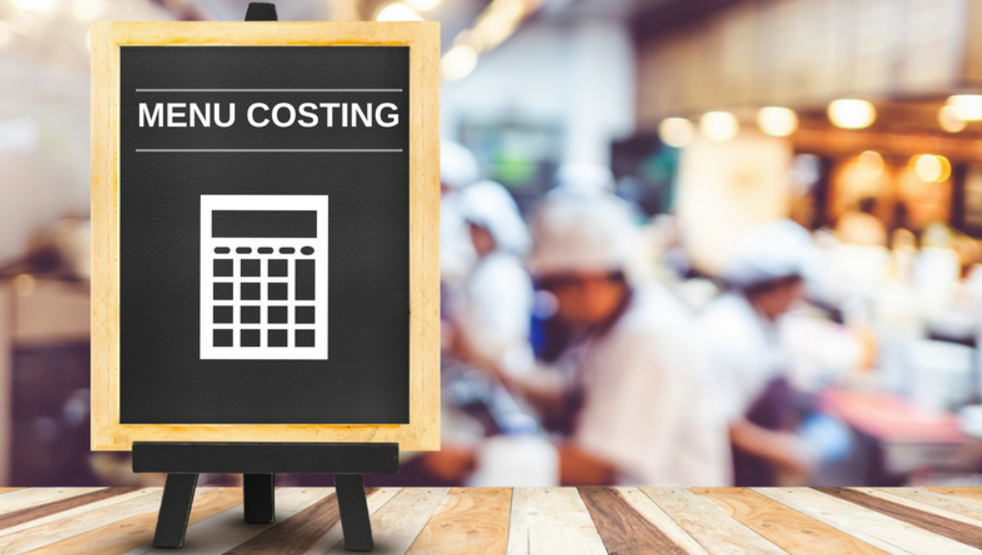 One of the crucial ingredients to running a profitable establishment is recipe costing cards. Recipe costing cards help to tell you the cost of every item on your menu, what is your restaurant’s ideal food cost is, what over portioning looks like, how much food should be ordered each week and how to restructure your menu so that you are selling the most profitable menu items most often. So another benefit of using recipe costing cards is that they allow you to decrease the amount of food lying on your shelves, that might spoil, be wasted or be stolen even. And often especially with independent amongst restaurant operators too often just wing it, by trying to guess how much they should price their menu items. And no other type business runs product pricing that way.
One of the crucial ingredients to running a profitable establishment is recipe costing cards. Recipe costing cards help to tell you the cost of every item on your menu, what is your restaurant’s ideal food cost is, what over portioning looks like, how much food should be ordered each week and how to restructure your menu so that you are selling the most profitable menu items most often. So another benefit of using recipe costing cards is that they allow you to decrease the amount of food lying on your shelves, that might spoil, be wasted or be stolen even. And often especially with independent amongst restaurant operators too often just wing it, by trying to guess how much they should price their menu items. And no other type business runs product pricing that way.
The reality is most independent restaurant owners don’t even know what each dish they put on a plate costs to serve, forget about the side dishes and sauces. As an example let’s use an auto parts store as an example, a store like Auto Zone will know much every car part costs and how much to sell each item for to make money. Well, recipe costing cards provide restaurant owners with this same information so that they can correctly price their menus for profitability and keep their doors open through many economic cycles.
4 Understand the “Why” of the Operations
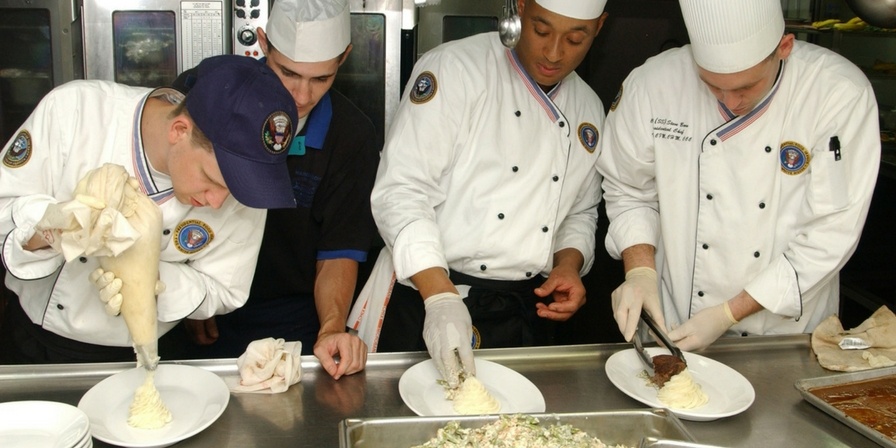 You will want to use your systems, we mean really use them! Setting systems is pretty easy, but actually training your team to understand the “why” of each one not so simple. Now you rip of Nike slogans and say “just do it” and chances are most employees will comply out of fear of getting fired. If they are not sold on or invested in the process, then parts of it can go off the rails. When food costs rise, profit margins sink and restaurant owners must take action.
You will want to use your systems, we mean really use them! Setting systems is pretty easy, but actually training your team to understand the “why” of each one not so simple. Now you rip of Nike slogans and say “just do it” and chances are most employees will comply out of fear of getting fired. If they are not sold on or invested in the process, then parts of it can go off the rails. When food costs rise, profit margins sink and restaurant owners must take action.
The old “carrot or stick” motivation is an old school theory that many businesses find does not work so great when employing restaurant millennial workers. Here are a few tips to make sure your systems are running efficiently:
- Train, train, train on the proper way to use the system. Prep lists are often just a written down list on a whiteboard in the kitchen based on what the manager has estimated. Keeping track of pars and usage will help dial in production to a science.
- Explain the why. Waste sheets can really help understand what’s going on with purchasing, mistakes, and maybe where the team needs more training. Your team has to know the waste-sheet is a tool for improvement, not a punishment.
- Inspect what you expect. Your team will be more likely to follow systems if they know you are checking them. Give them praise and recognize when they help fine tune operations that bring you closer to your goals. There is nothing quite as powerful as saying “thank you” to a team member for taking care of business.
5 Stay On Top of your Bookkeeping
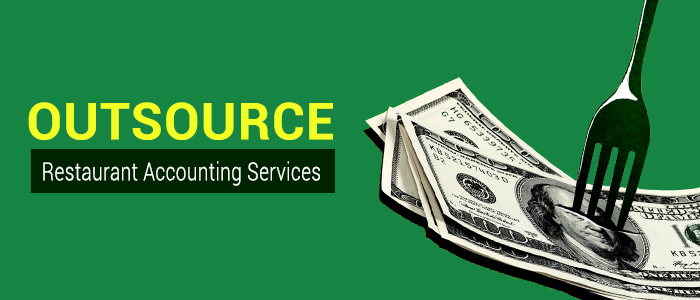 By integrating all of your restaurant’s financial information- daily sales POS data, online sales, payroll, supplier payments and a host of many other costs- can be complicated. Modern cloud bookkeeping systems can make a huge difference to how this gets done, and all in real time. Restaurant bookkeeping software systems now allow bank and credit card systems to be “fed” into them. Plus leading POS, payroll and scheduling systems have integrations. Even invoices can be scanned, snapped, thereby doing away with extra data entry.
By integrating all of your restaurant’s financial information- daily sales POS data, online sales, payroll, supplier payments and a host of many other costs- can be complicated. Modern cloud bookkeeping systems can make a huge difference to how this gets done, and all in real time. Restaurant bookkeeping software systems now allow bank and credit card systems to be “fed” into them. Plus leading POS, payroll and scheduling systems have integrations. Even invoices can be scanned, snapped, thereby doing away with extra data entry.
Instead of bookkeeping giving you only rear mirror reporting, (what happened last month) modern cloud systems bring together all your financials in real-time dashboards that accessible to via mobile device. This can make employing a full-time bookkeeper not the best use of resources. Many restaurants are using to outsource their monthly back-office duties to bookkeeping firms, who help to interpret, audit, analyze, report and deliver key financial statements. Check your bookkeeping numbers each night and have a complete view of the financial health of your restaurant. You should have a financial profit & loss statement completed on at least a monthly basis. Reporting can be customized on your specific needs. These reports may include:
- Income statement with prior period comparisons
- Detailed income statement with all transaction activity
- Balance Sheet report
- Statement of Cash Flows
Knowledge is power; when you have accurate, timely figures, you are back in control.
6 Simplify your Menu & Hire Well
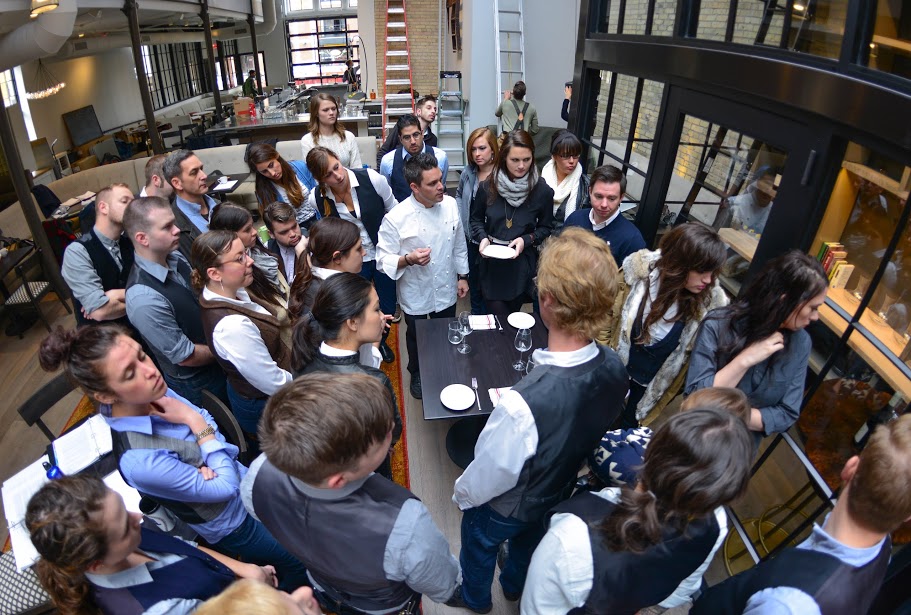 It’s a good idea to in still the policy of never having idle or empty hands. By doing so, you can reduce the number of trips back and forth from the kitchen. By having this policy in place, you are able to manage more tables and make higher gratuities. This process can ring especially true for servers who may have to bus their own tables. By constantly removing used plates, you can clean tables more quickly, keep tables organized and keep customers happier.
It’s a good idea to in still the policy of never having idle or empty hands. By doing so, you can reduce the number of trips back and forth from the kitchen. By having this policy in place, you are able to manage more tables and make higher gratuities. This process can ring especially true for servers who may have to bus their own tables. By constantly removing used plates, you can clean tables more quickly, keep tables organized and keep customers happier.
The second tip I have is to simplify, simplify and simplify. Having smaller menus has many advantages. First, it simplifies the inventory you have to buy, maintain, and manage. This cuts down on waste and spoilage, freeing up space in your freezer and coolers. This also reduces inventory carrying costs and the cost to maintain fresh or frozen food. In addition to cost savings, the manager also has more freedom to rotate the best items, have specials and offers to stay interesting and relevant and create marketing opportunities.
As an example instead of having to maintain and make 12 different types sushi dishes, a restaurant could change the menu and offer a few less options. This could simplify the inventory and prep process and not have a negative effect on sales. You also could take the extra sushi and host a special event to pack the house. This is a fresh way to spark up demand and offer something different. This is a creative process to decrease the complexity of operations and open the door to customer engagement.
Conclusion
Many restaurateurs have spent years fine-tuning the right controls and systems to streamline their restaurant operations. Restaurant optimization is just as important to sustaining success and relevancy as putting a competent and honest staff out there. Some of the important areas of focus when optimizing restaurant operations include maximizing profits on sales opportunities, streamlining food and labor costs, and staying ahead of trends in the marketplace.
Restaurants that do this put themselves in the best position to compete at a high-level year after year. By taking an advanced data analytics approach to understanding how your restaurant stacks up in these categories, you can give yourself a leg up over those restaurants only using their sales, margin, and other basic metrics today as an indicator of how they will perform tomorrow Contact Bookkeeping Chef to learn how to make your restaurant grow.

